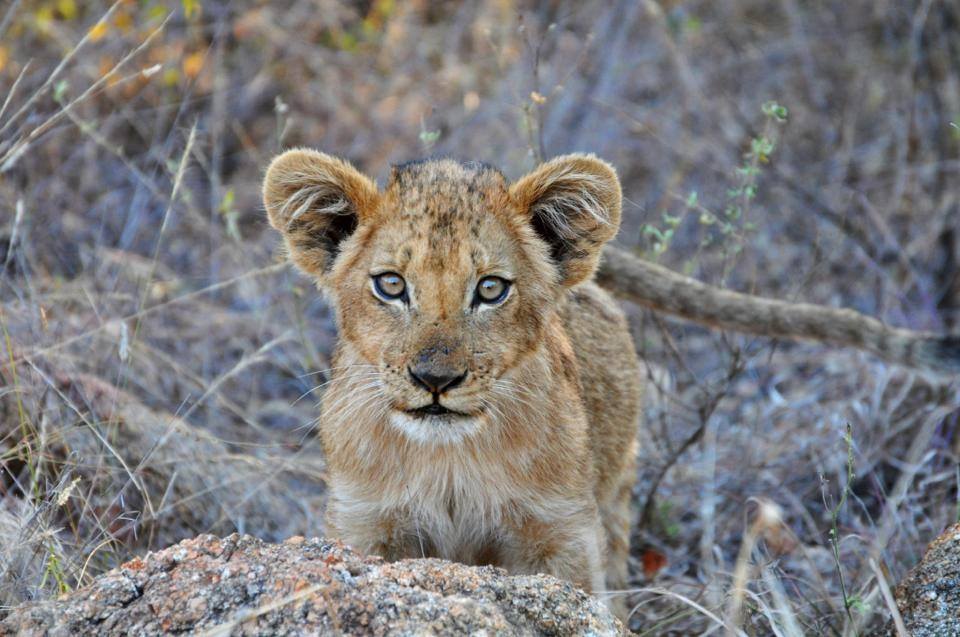Captive breeding, usually referred to as “conservation breeding,” is the practice of housing threatened or endangered species in a carefully monitored setting. Zoos, aquariums, botanical gardens, and other similar establishments shelter animals and plants outside of their native environments in order to preserve them and prevent extinction. Both the animals chosen to be a member of a captive breeding population and the mating partners within that population are subject to the control of humans.
Limitations of Captive Breeding
Between 20 and 50% of the Earth’s species may vanish over the course of the next several decades. It has frequently been asserted that captive breeding can help preserve biodiversity. The significance of captive breeding and the part zoos play in conservation efforts are diverse. Captive breeding and other ex situ conservation techniques ought to only be utilized as a last resort today, when the crisis of species extinction has taken on such ominous proportions.
Captive breeding cannot be used as a justification for putting off dealing with habitat preservation. Only a small portion of the species that are endangered can be protected by zoos. Therefore, it is crucial to develop precise and logical criteria for choosing which vulnerable taxa zoos should concentrate on. Large vertebrates are valued highly in current ex situ conservation objectives. A thorough understanding of the species involved is necessary for effective conservation programmes. Captive studies can be used to supplement field studies and give a more thorough understanding of an animal’s biology and ecology.

The Role of Captive Breeding in Maintaining Genetic Diversity
Several initiatives can keep genetic variety in populations across several generations, but the evidence that is now available indicates that fitness loss in captivity can be rapid, with its severity likely rising with time spent in captivity. Long-term differences in (i) programmes’ ability to preserve genetic diversity and fitness, and (ii) species or even intraspecific life-history types’ severity and mode of incurred fitness-costs are quite likely to exist. Nevertheless, there are now a lot of innovative theoretical and empirical approaches available for both present and upcoming programmes that could perhaps lessen these effects. Yet, there is sometimes a necessary trade-off between maintaining genetic diversity and fitness, such as when captive-bred individuals are briefly released into the wild.
- Wild animals are captured, bred, and nurtured in a specialised facility under the guidance of wildlife biologists and other specialists in the practise of captive breeding. In these situations, keeping an animal in captivity might be the only possible chance to save the species from extinction in the wild.
- Captive breeding can be beneficial when a population is in threat of diminishing.
- When populations have diminished or eliminated in the wild but adequate habitat is still there, captive-produced offspring can periodically be released.
- If all existing habitat is of poor quality or if there are additional environmental issues, it is possible to sustain a captive population until the issues are fixed or another suitable habitat for the animal in the wild is identified.
- Captive breeding and management, which promotes genetic diversity, may be the sole chance for survival when the natural habitat is fragmented.
Advantages of Captive Breeding
- Animals are protected from extinction, diseases, and other hazards by captive breeding.
- The conditions for animals kept in captivity are enhanced.
- Visitors can learn about species protection and conservation at zoos and public aquariums.
- People can learn more about animals and their natural habitats by participating in captive breeding, which also frequently provides funding for conservation and research.
- The best medical treatment is offered for the animals.
- It can help in the rehabilitation of a species to its natural habitat.
- On occasion, we get food resources from animals in captivity, like eggs and milk. They might assist in the fight to eradicate world hunger.
- It may also be employed to promote employment and tourism in order to generate revenue.
- Valuable for scientific study.
Conclusions
However, there are several limitations involved in Captive breeding programs as not all individuals are well adapted to the conditions available within captive environments. The loss of natural ecological interactions within captive conditions may cause changes in the behavior of the individual and ill-health.
Therefore, constant monitoring and effort needs to be given at all stages of the conservation breeding program in captivity. There are several successful as well as numerous unsuccessful stories of captive breeding and wherever possible we should learn from it and know well that every species is unique and requires specific conditions for growth and development.
Help us Help Them! Think Wildlife Foundation is a non profit organization with various conservation initiatives. Our most prominent campaign is our Caring for Pari intiative. Pari is a rehabilitated elephant at the Wildlife SoS Hospital. 25% of the profits from our store are donated to the elephant hospital for Pari. Other than buying our wonderful merchandise, you could donate directly to our Caring For Pari fundraiser.
Written by: Shreya Pandey
